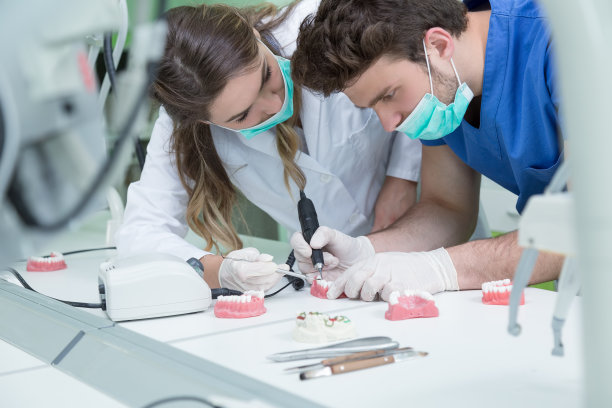Understanding the Process of Extracting a Tooth and Its Implications for Dental Health and Recovery
Summary: Understanding the process of tooth extraction is essential for both dental health and recovery. This article explores the reasons behind tooth extraction, the step-by-step procedure involved, the implications for dental health post-extraction, and the recovery process. By providing insights into these aspects, we aim to inform readers about the significance of tooth extraction in maintaining oral health and how to ensure a smooth recovery. With proper knowledge and preparation, individuals can navigate through the experience with confidence and ease.
1. Reasons for Tooth Extraction

Tooth extraction is often a necessary procedure in dentistry, primarily indicated in cases of severe decay, orthodontic needs, or periodontal disease. When a tooth is severely damaged or compromised, extraction may be the only solution to prevent further health issues. For instance, an abscessed tooth can lead to infections that affect other parts of the body, emphasizing the urgency of the procedure.
Another common reason for extraction is overcrowding. Dentists may recommend the removal of specific teeth in preparation for orthodontic treatments. By creating adequate space, this practice facilitates the alignment of the remaining teeth, ensuring a healthier bite and a pleasing smile.
Additionally, extracting wisdom teeth is a prevalent procedure as these third molars can cause various problems. Accumulating impaction, infection, or misalignment often necessitates their removal, underscoring the importance of regular dental check-ups to assess such risks.
2. Step-by-Step Extraction Process
The tooth extraction process begins with a thorough dental evaluation. The dentist will take X-rays to understand the tooths position and the surrounding bone structure. This step is crucial for planning the extraction procedure. Depending on the tooths condition, either a simple or surgical extraction technique will be employed.
In a simple extraction, local anesthesia is administered, ensuring that the patient experiences minimal discomfort during the procedure. The dentist will then use specialized tools to loosen and remove the tooth from its socket. Post-procedure, gauze is placed to control bleeding and promote clot formation.
Surgical extractions, in contrast, involve a more intricate approach. Sedation may be used alongside local anesthesia for comfort, especially in complex cases requiring the removal of impacted teeth. This stage also includes incisions in the gum tissue to access the tooth, followed by careful extraction to preserve surrounding areas.
3. Implications for Dental Health
Post-extraction, patients may experience some challenges that can impact their overall dental health. It is crucial to follow the dentists instructions for care to avoid complications, such as dry socket or infections. These can lead to prolonged discomfort and a more extended recovery process.
The loss of a tooth, however, can lead to gaps that may affect a persons bite and the surrounding teeths alignment. Over time, adjacent teeth may shift, leading to further dental issues. Therefore, it is often recommended to discuss post-extraction options such as bridges or implants with the dentist.
Maintaining excellent oral hygiene after extraction becomes paramount. Gentle brushing, along with the use of antimicrobial mouthwashes, can enhance healing and reduce infection risks. By being proactive about oral care, individuals can safeguard their long-term dental health.
4. Recovery Process After Extraction
The recovery process after tooth extraction generally involves a few crucial steps aimed at promoting healing and minimizing discomfort. Patients are often advised to rest for at least 24 hours following the procedure, during which the body begins its natural healing process. Ice packs applied intermittently can help reduce swelling and numb discomfort.
Diet also plays a significant role in recovery. Soft foods are usually recommended for the first few days, as they are easier to chew and less likely to irritate the extraction site. Foods such as yogurt, applesauce, and smoothies can provide necessary nutrients without complicating the healing process.
Monitoring the extraction site for unusual symptoms is vital. Persistent pain, increased swelling, or discharge could indicate complications that need medical attention. Regular follow-ups with the dentist help ensure that healing is progressing as expected and that any arising issues are addressed promptly.
Summary:
Understanding tooth extraction, its reasons, and the associated procedures is crucial for maintaining dental health. Being informed about recovery can lead to a more comfortable experience post-extraction. By following appropriate guidelines and addressing potential complications, individuals can foster better oral health and prevent future issues.
This article is compiled by Vickong Dental and the content is for reference only.



